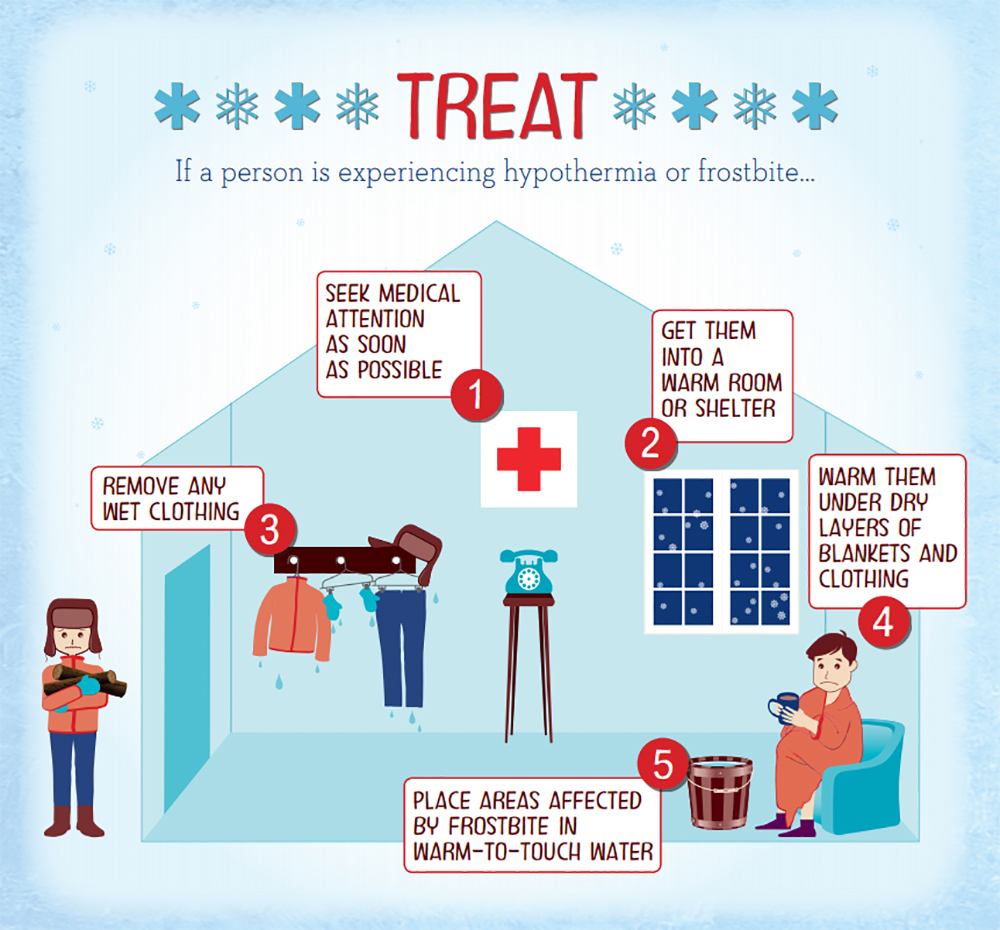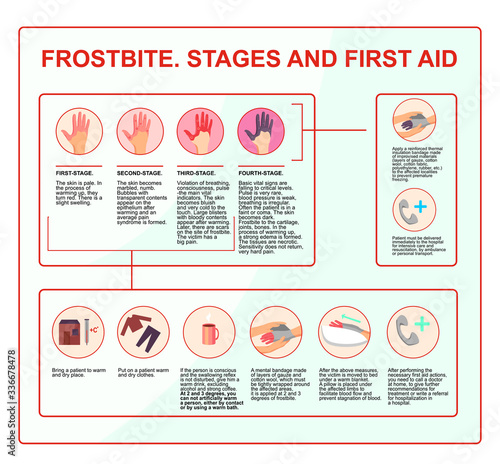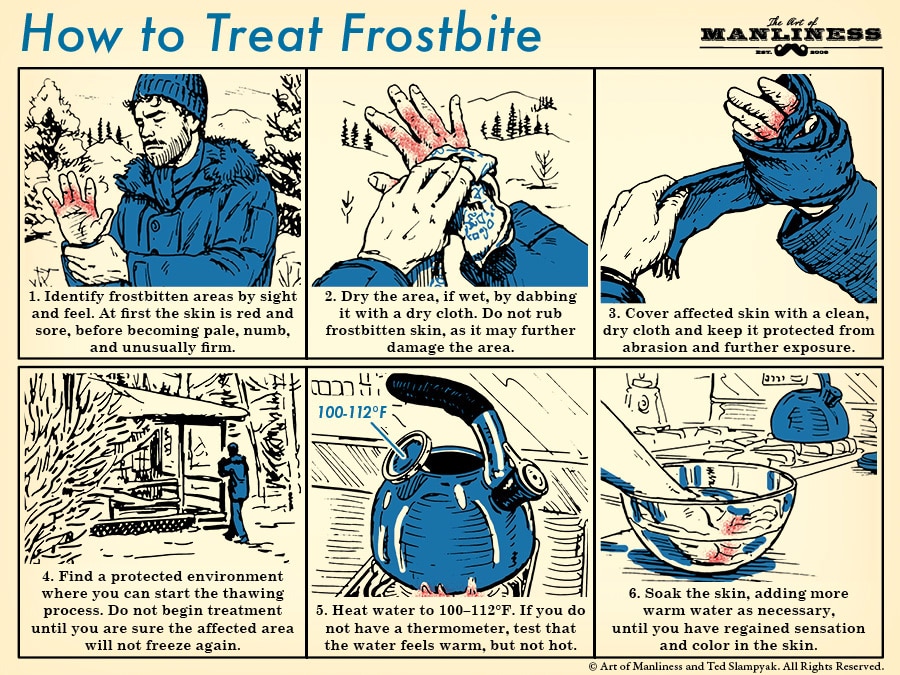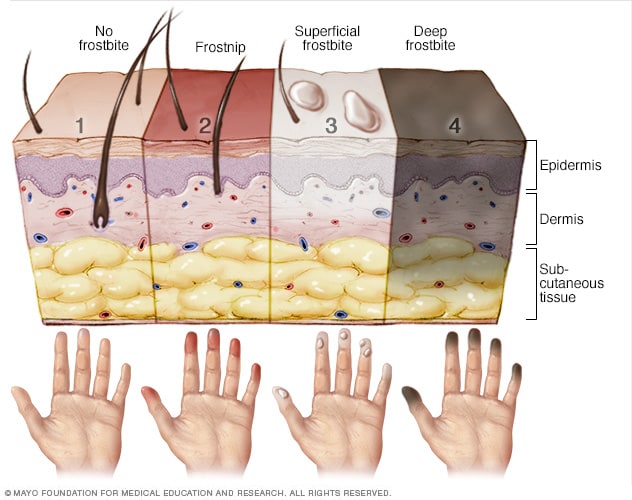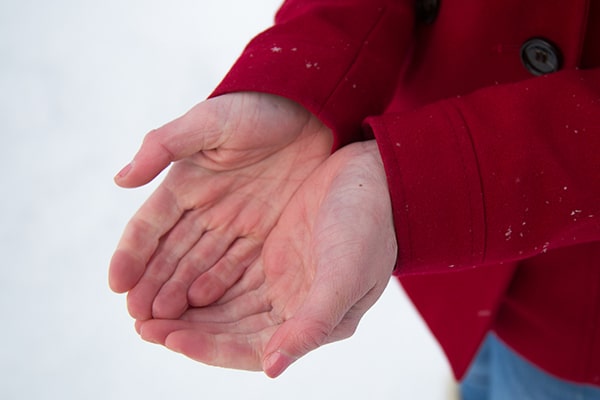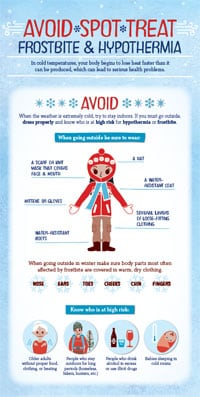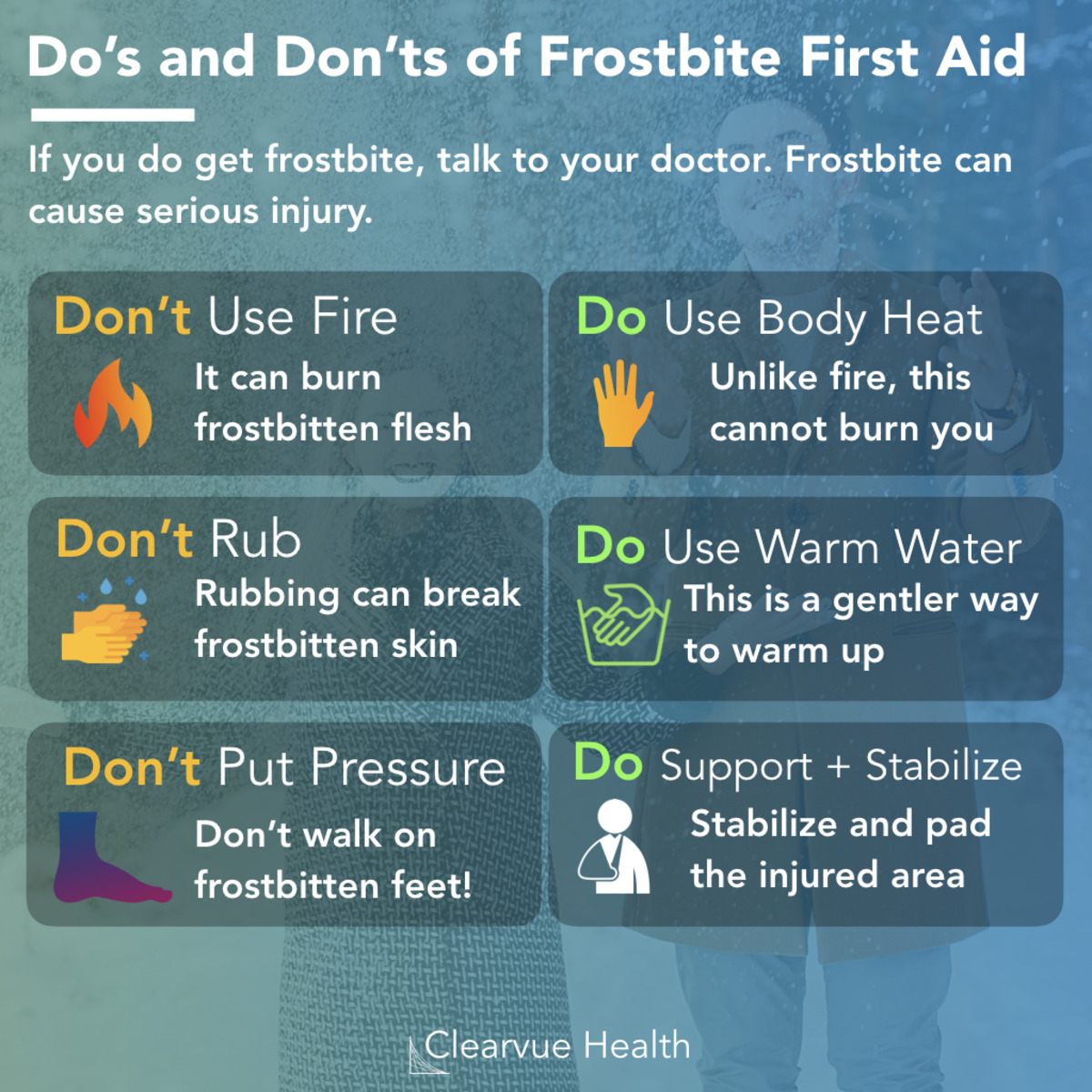Cool Tips About How To Help Frostbite
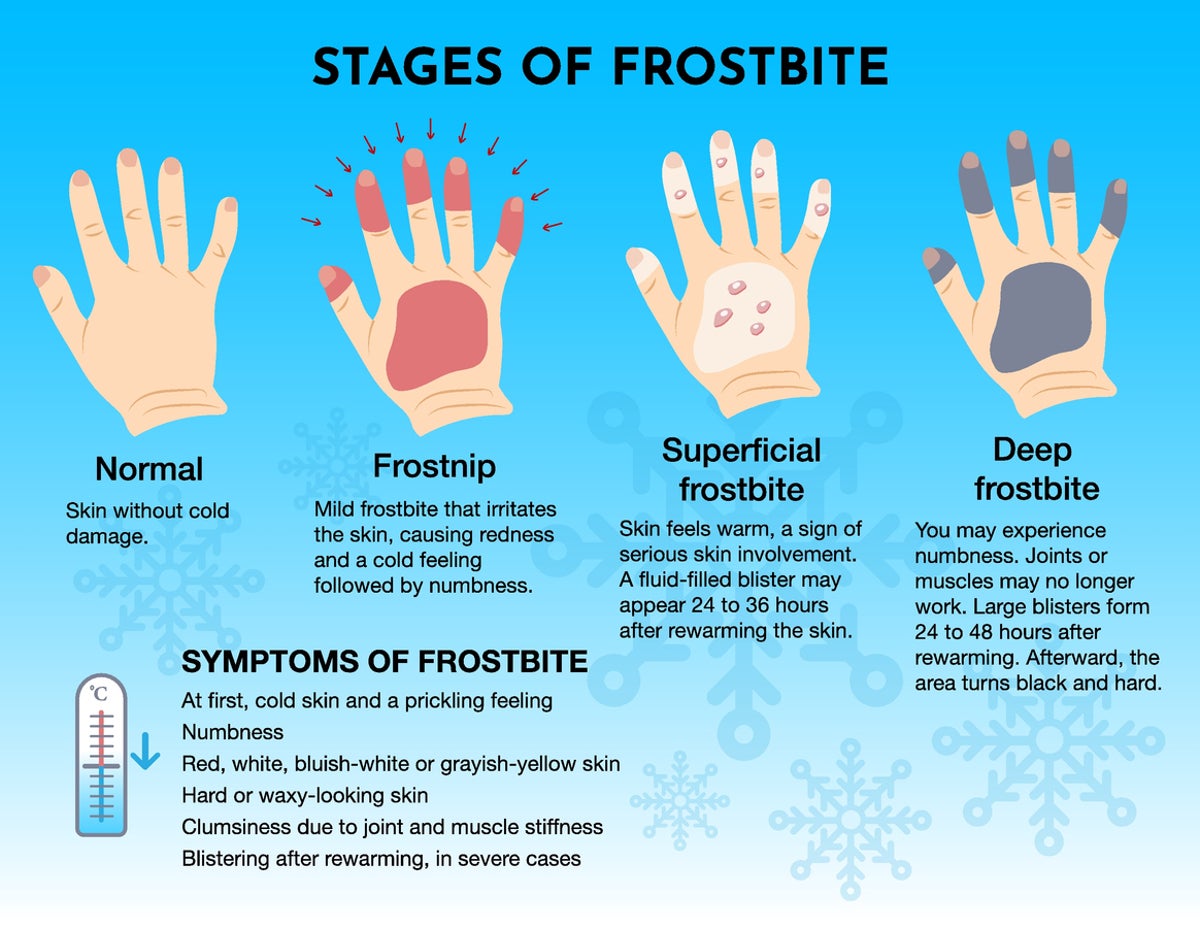
Dress appropriately —wearing loose, light and comfortable layers can help trap warm air.
How to help frostbite. To prevent more serious problems, take action as soon as you notice early signs of frostbite or hypothermia. Reducing the water surface area within the coop will allow for less evaporation, which decreases the amount of moisture that is in the air. If you are outside on a bitterly cold day, cover your face with a scarf or face mask.
Knowing first aid to treat frostbite until you can get. Home notifications newsletters next share. To stay warm in the winter weather and decrease your risk of experiencing frostbite, follow these tips:
Do not thaw the affected areas if there is a chance of refreezing, as this will further damage the tissue. However, severe untreated frostbite may result in gangrene. You can avoid frostbite by staying out of the extreme cold.
For the face or ears, apply a warm, wet washcloth. To protect your ears and head, wear a heavy wool or fleece hat. You can treat frostbite by retreating to a warm area, removing any wet clothing, and running a bath of warm water to rewarm the skin.
Help other skiers by pointing out areas of whiteness. Vaseline is used by some skiers, but is not proven to reduce risk. To help them thaw, apply warm water to the affected areas.
It is advised to put the. Add warm layers of clothing. Get out of the cold, wind, rain, or snow if possible.
Medicine to help break up small clots in the frostbitten blood vessels will be given as injections or through a drip in your arm. Don't rewarm frostbitten skin with direct heat, such as a stove, heat lamp, fireplace or heating pad. This should improve blood flow to the affected body part, which can.
If you do have to go out, wear clothing to protect your face, nose, ears,. Frostbite occurs when the skin, sometimes along with other soft tissues, freezes due to prolonged exposure to the cold.



